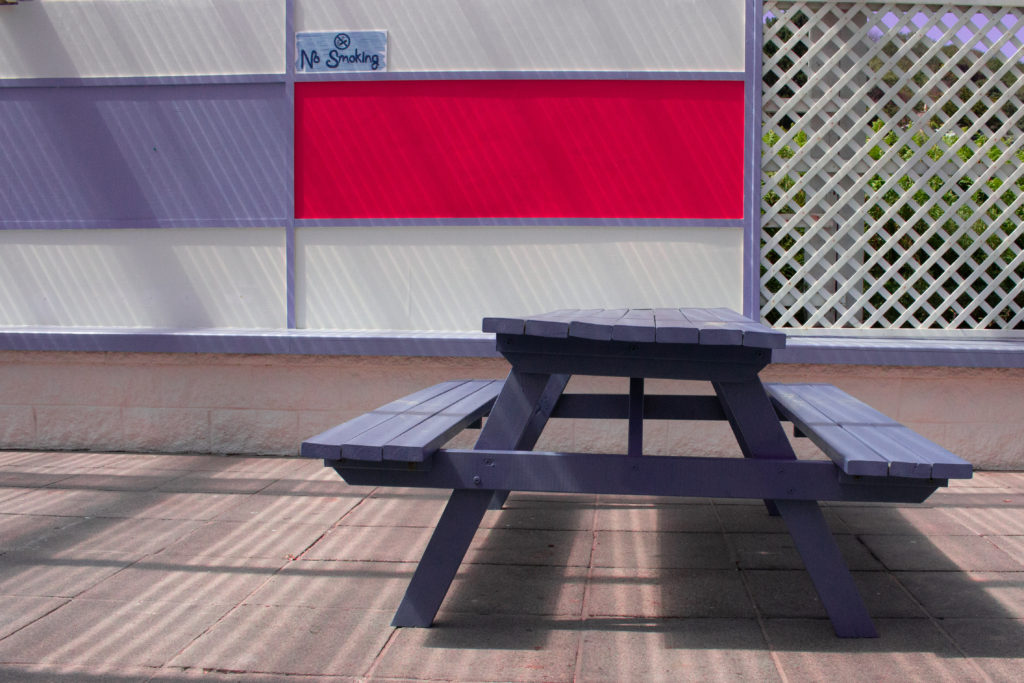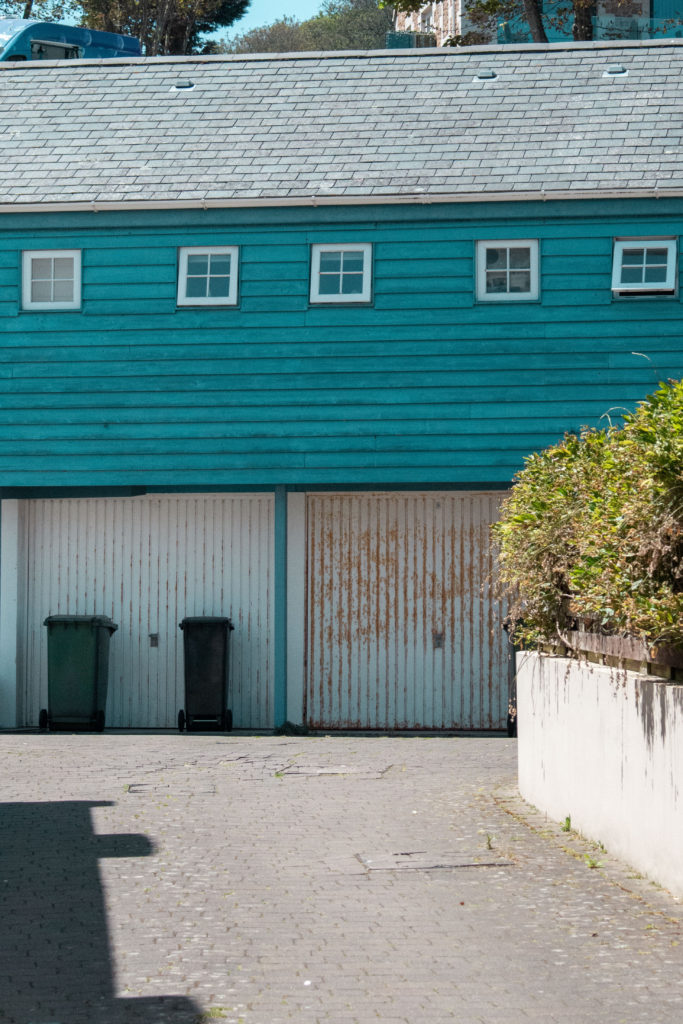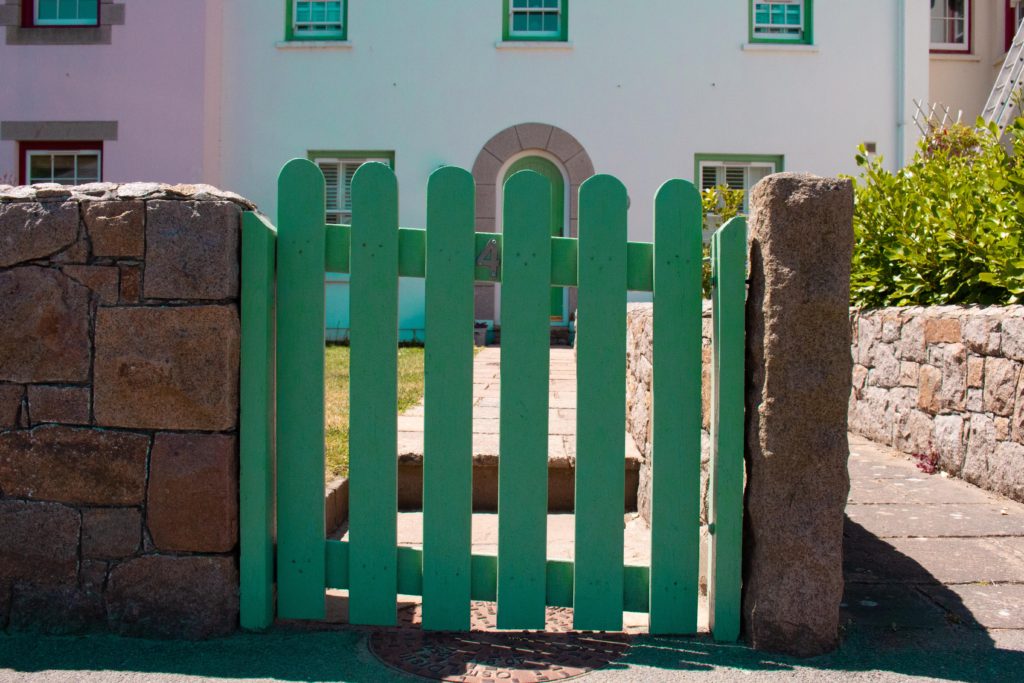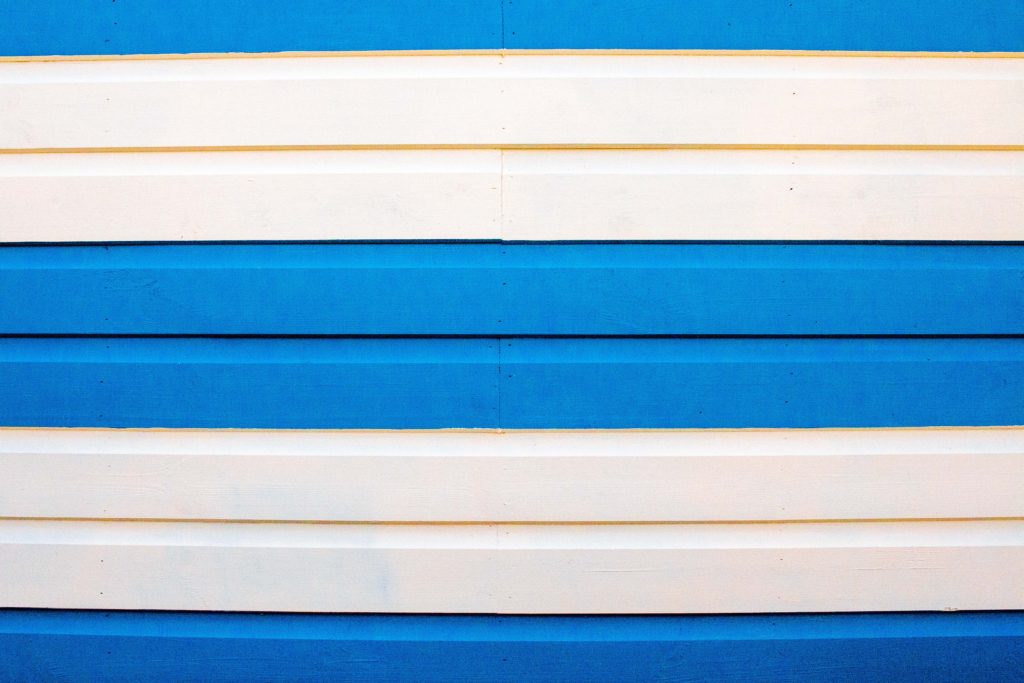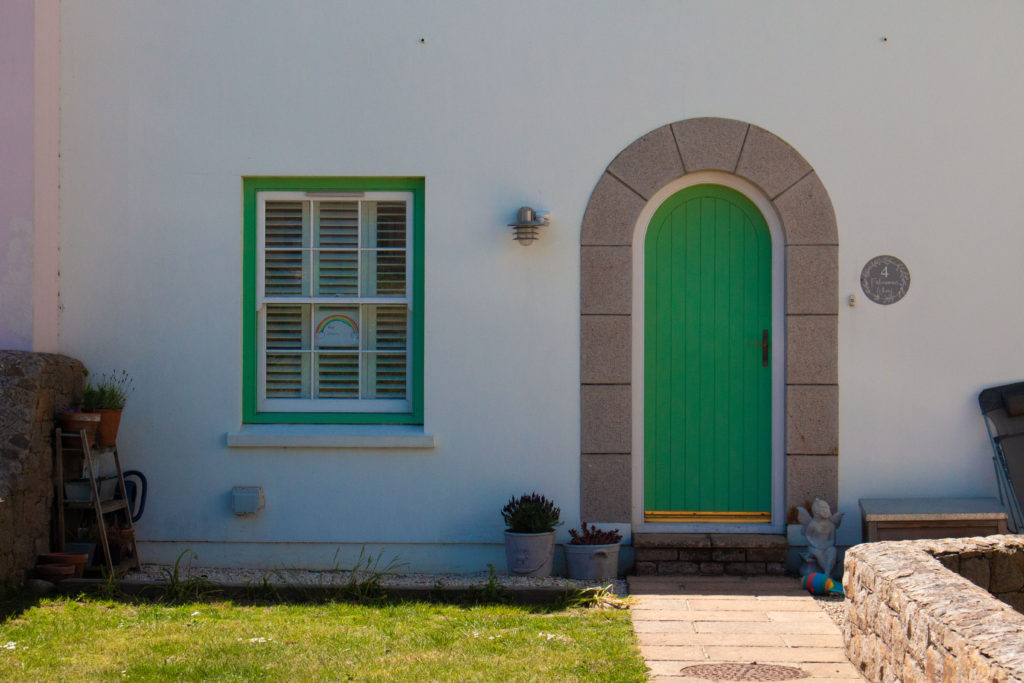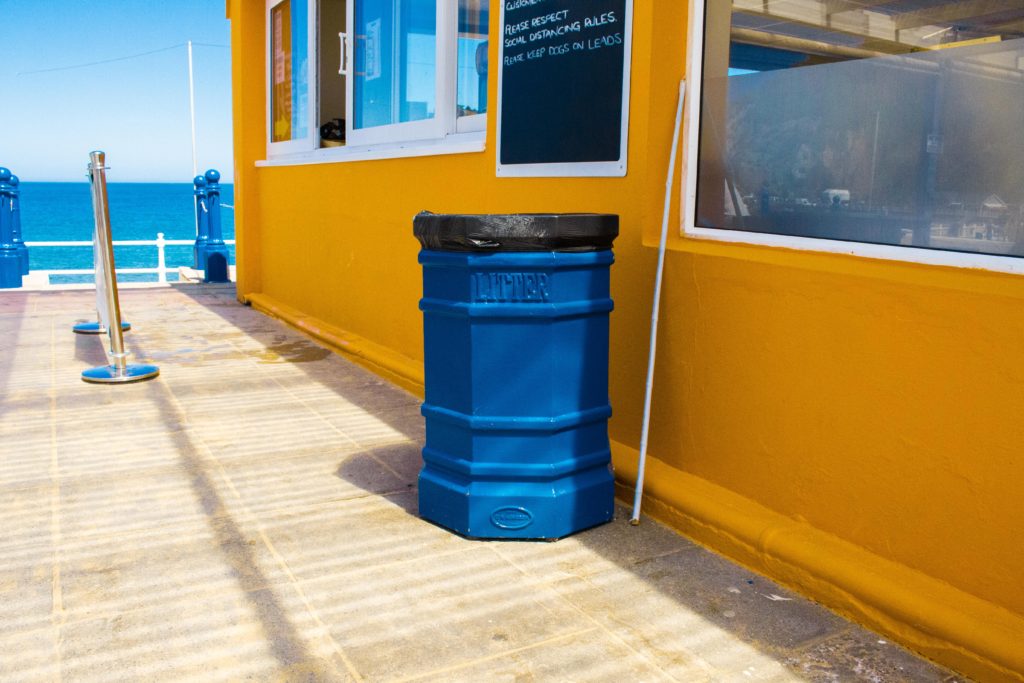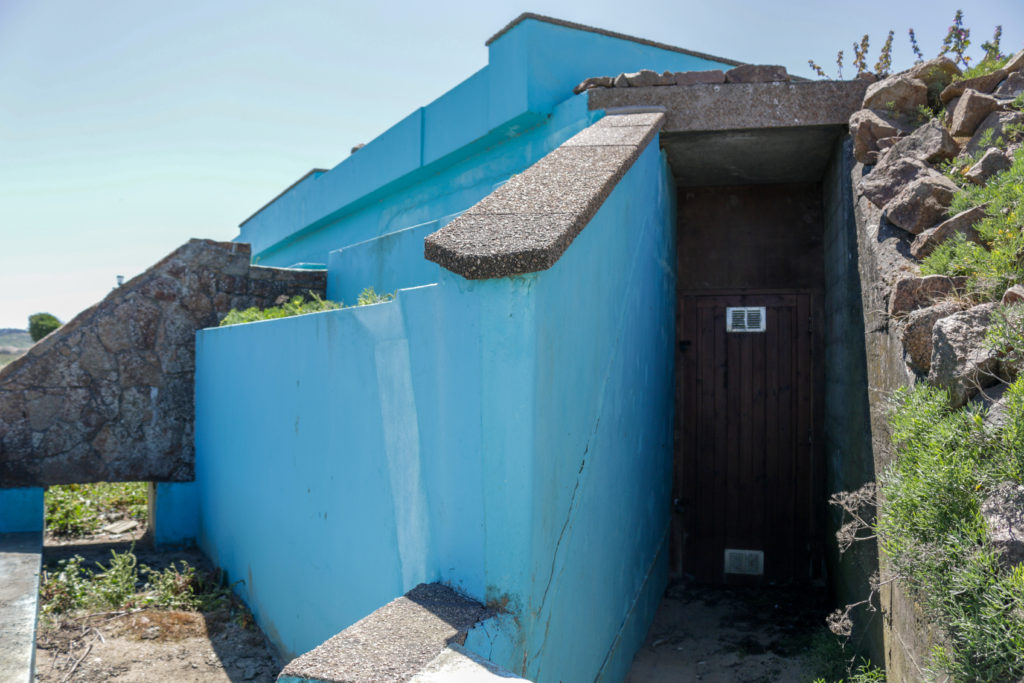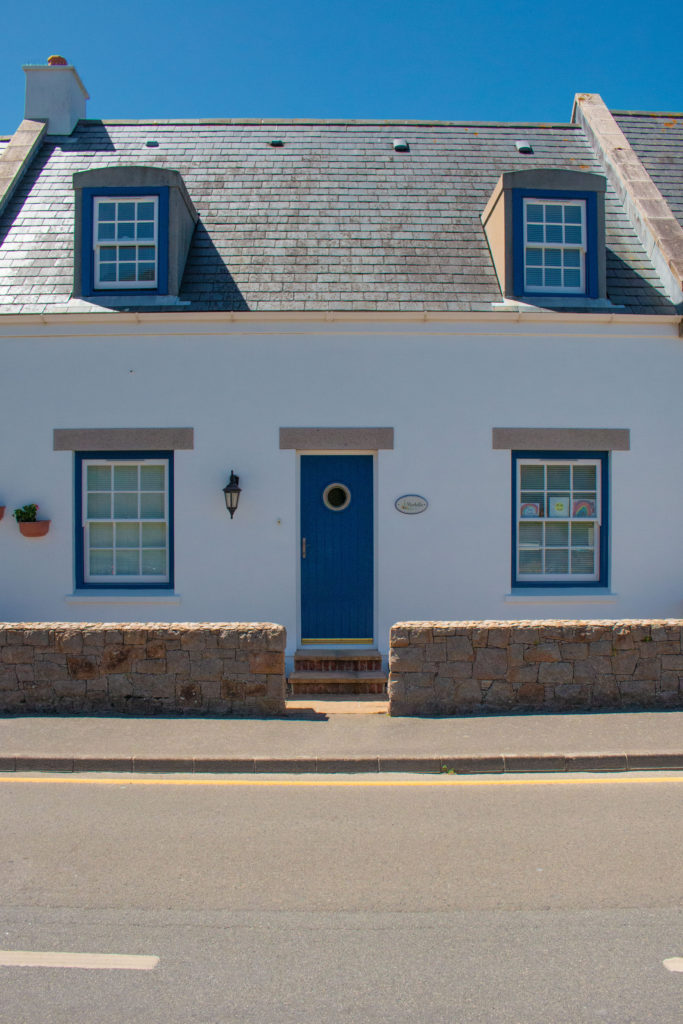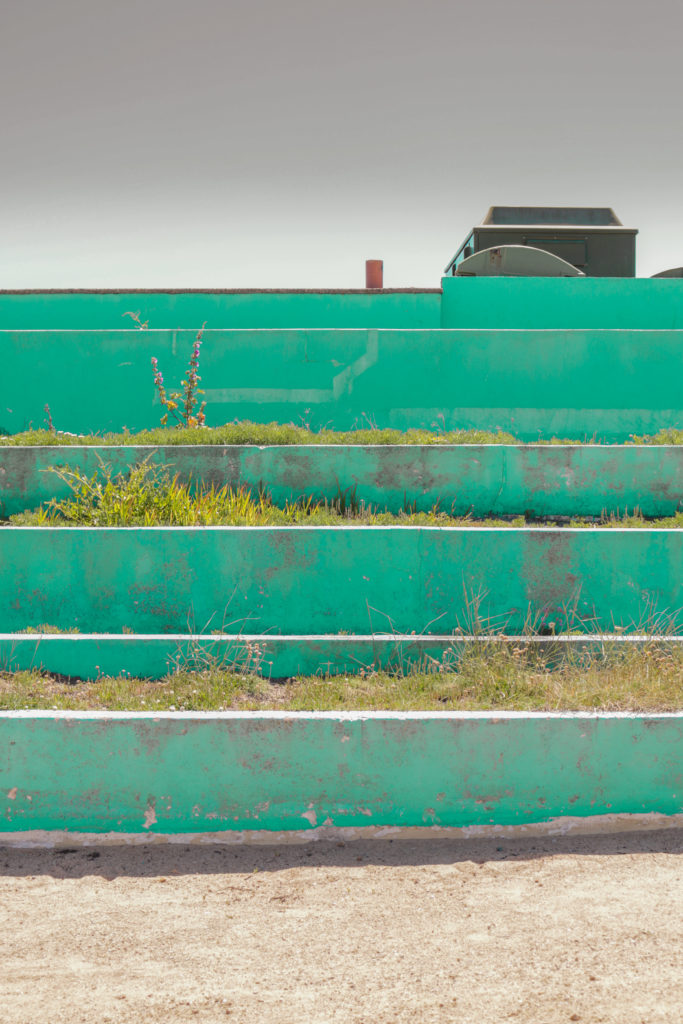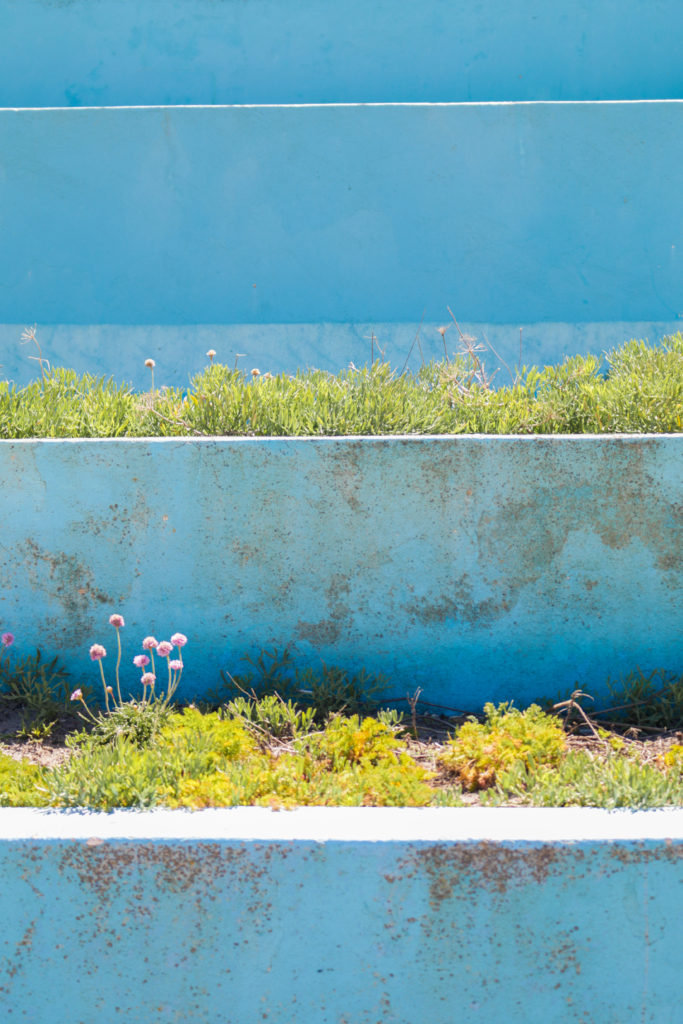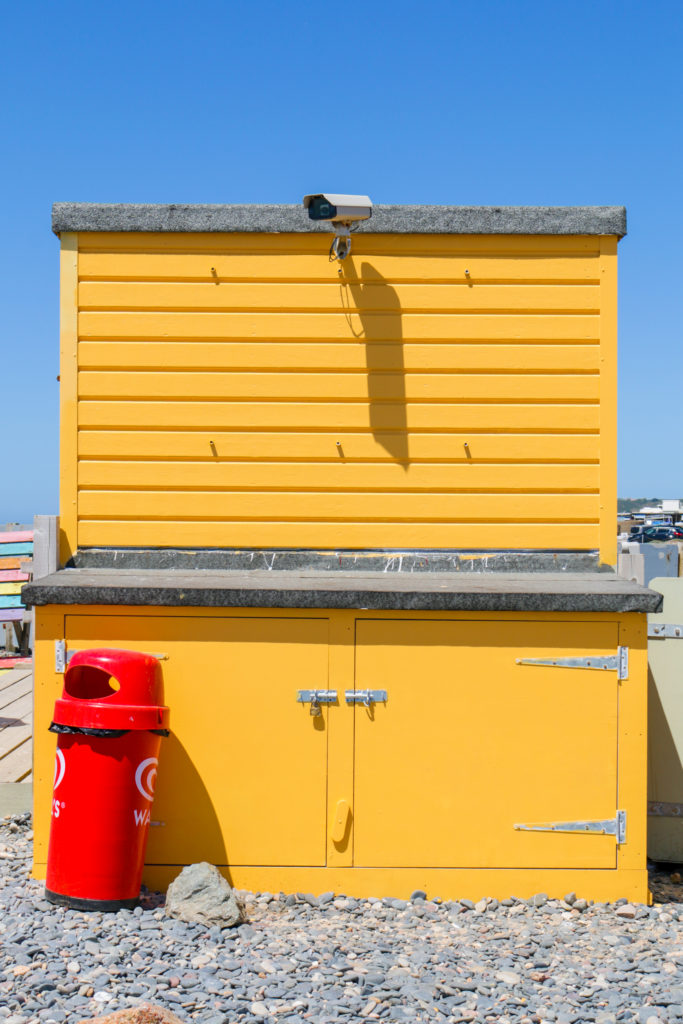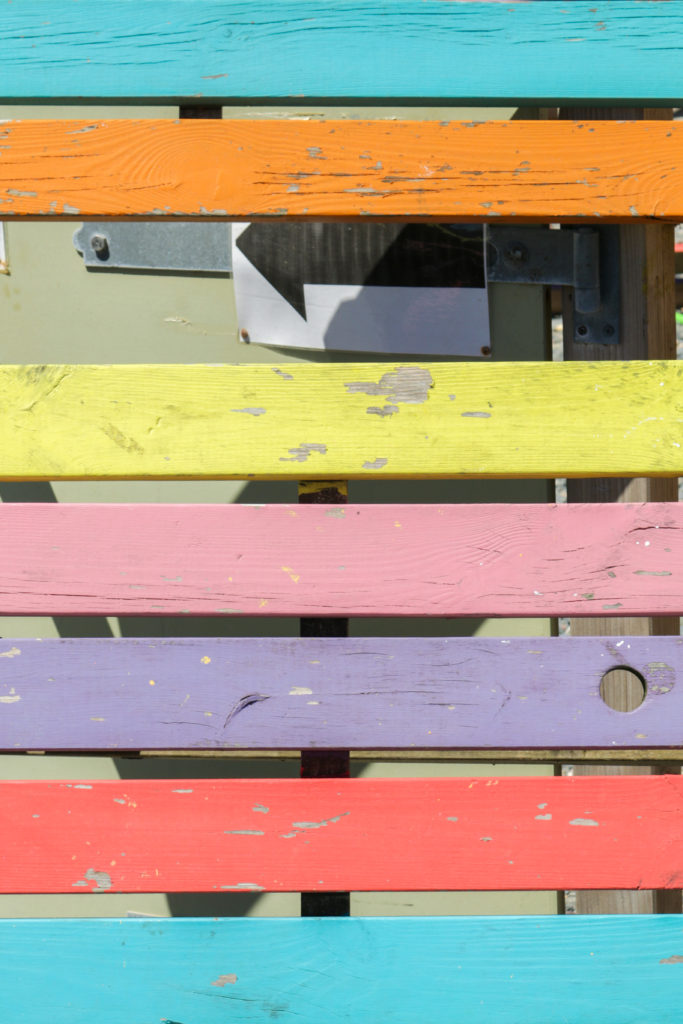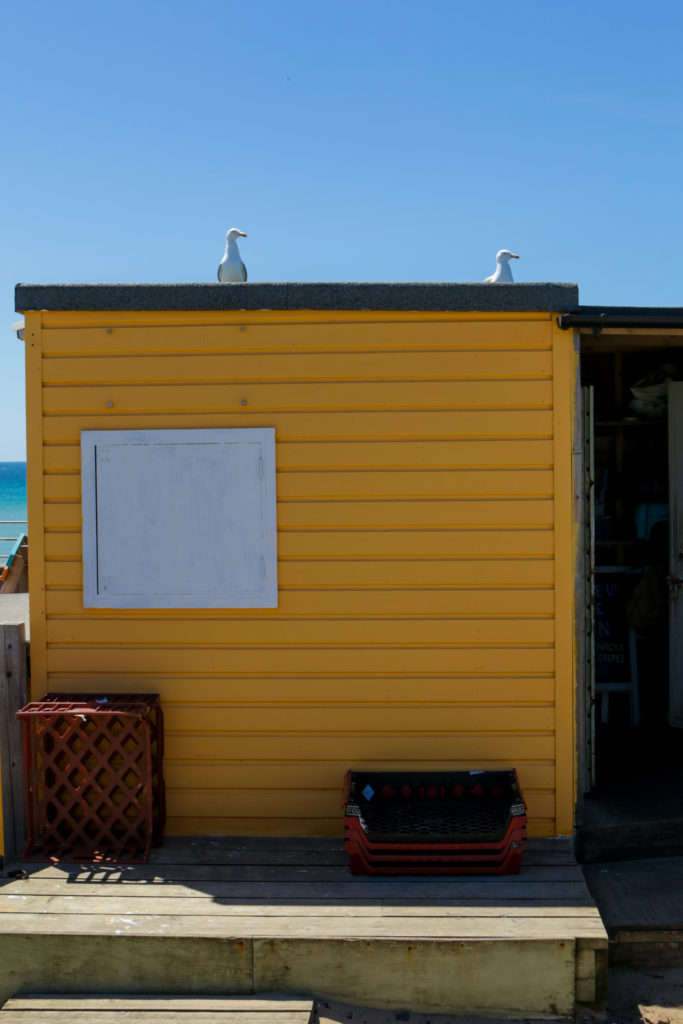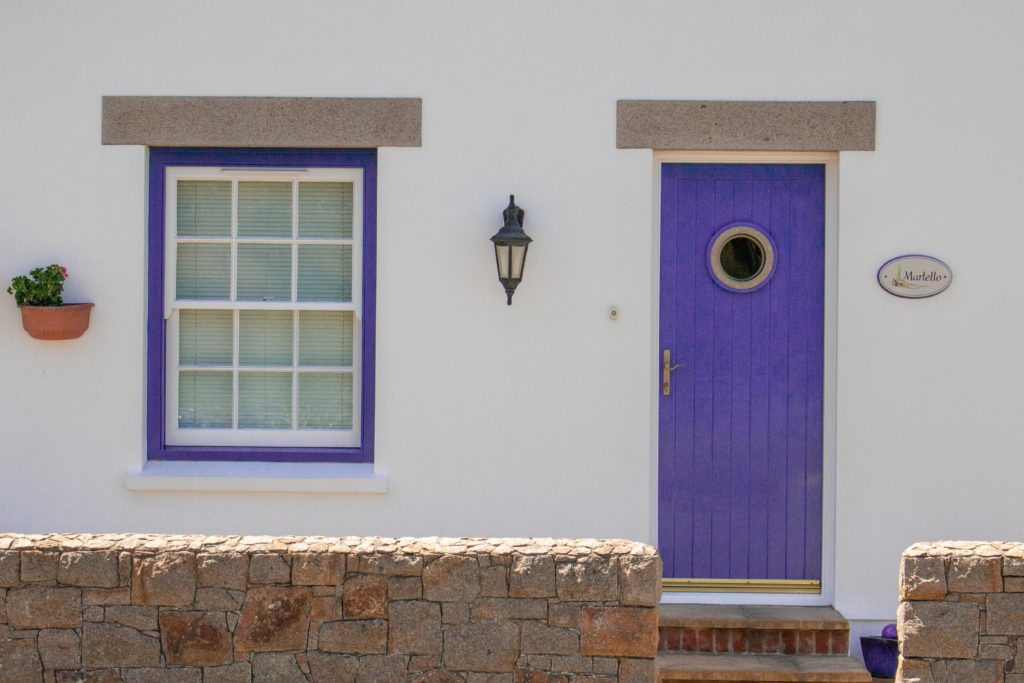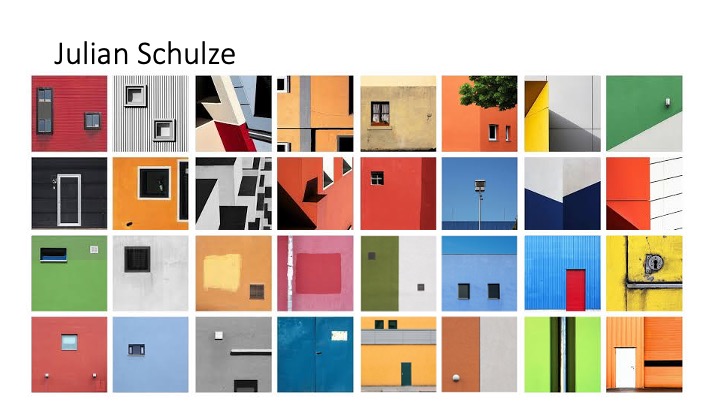Shoot Plan
WHAT: This shoot is about exploring colour and architecture out in the world. I will be looking for the colour in architecture or in other forms. This will involve exploring for colourful buildings, looking for unusual compositions and colours that aren’t usually seen in their setting.
WHERE/WHEN: I am going to go down to Greve de Lecq and St Ouens bay because there are quite a lot of colourfull buildings, especially Greve de Lecq. I will go in the middle of the day to get harsh shadows as I think this will work well with the theme
HOW: I am going to use a small aperture for this shoot as I want to show a depth of field rather that using a shallow focus. There will be lots of light outside which will allow me to have a fast shutter speed and keep the ISO down. I will also use a deadopan tecnique for a lot of the images
EQUIPMENT: I will be using similar equipment for this shoot as the other ones. I will be using my Canon 70d and 18-55 kit lens. This will give me more versitility as I can zoom in or out to help frame the image. I may my 35mm prime lens but it will probably be much harder to frame my shots because I will have to move around more to get my subject in the right framing.
Contact sheet
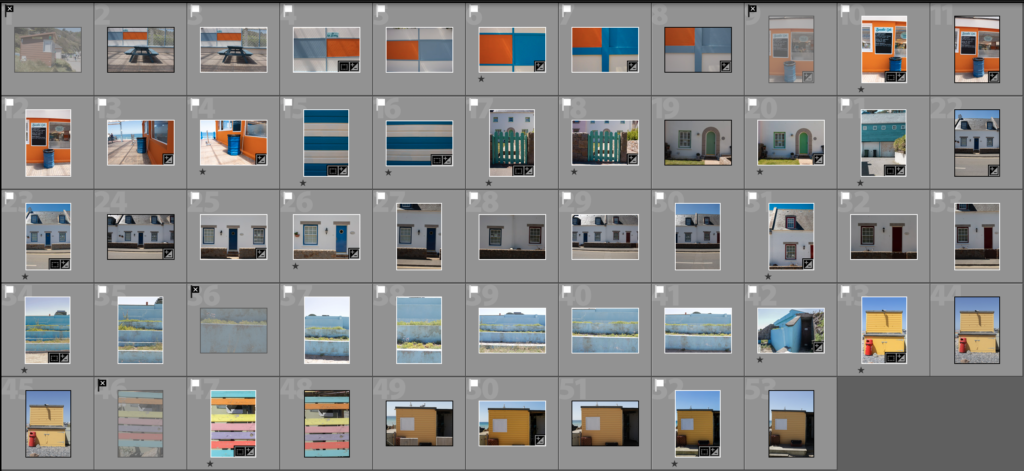
Overall I wasn’t too happy with this shoot, I found a few good locations where there were nice colours but nothing that was really similar to Julian Schulze’s images. Anyway I got a few good images. In lightroom I went through and flagged the good ones with the white flagg and rejected some of the definite bad ones with the black flag.
Edit Process
Edits
Best Images / Evaluation

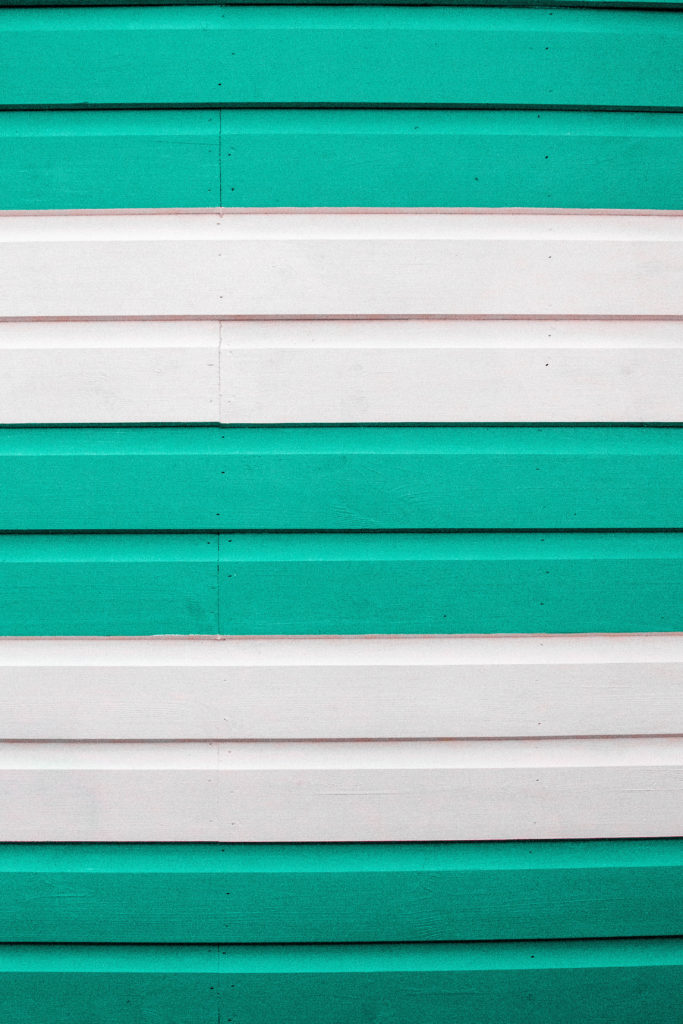
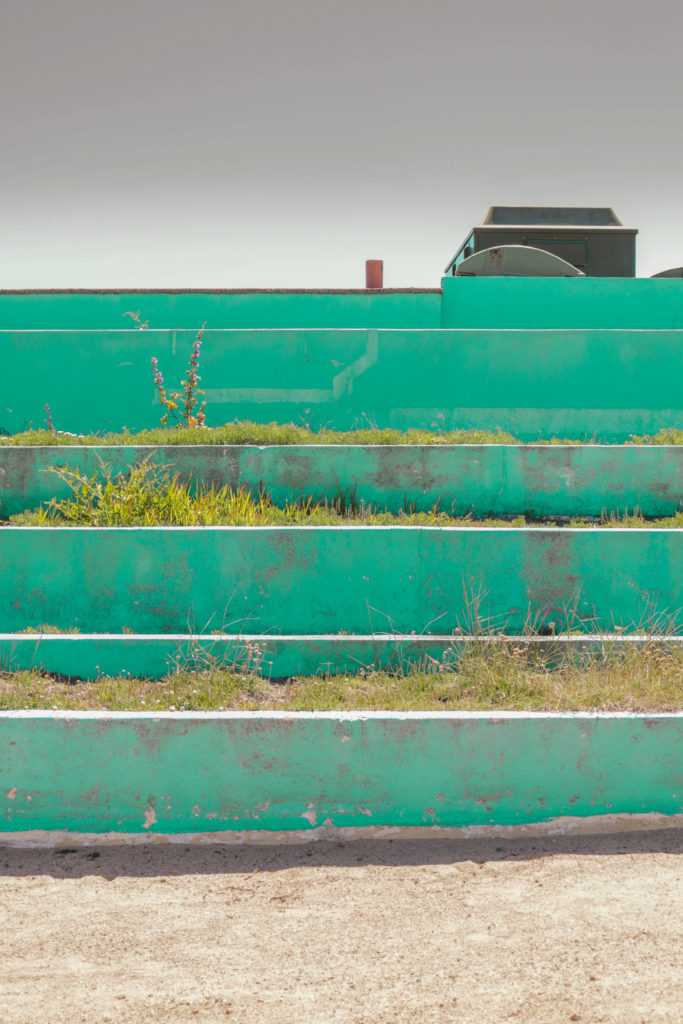
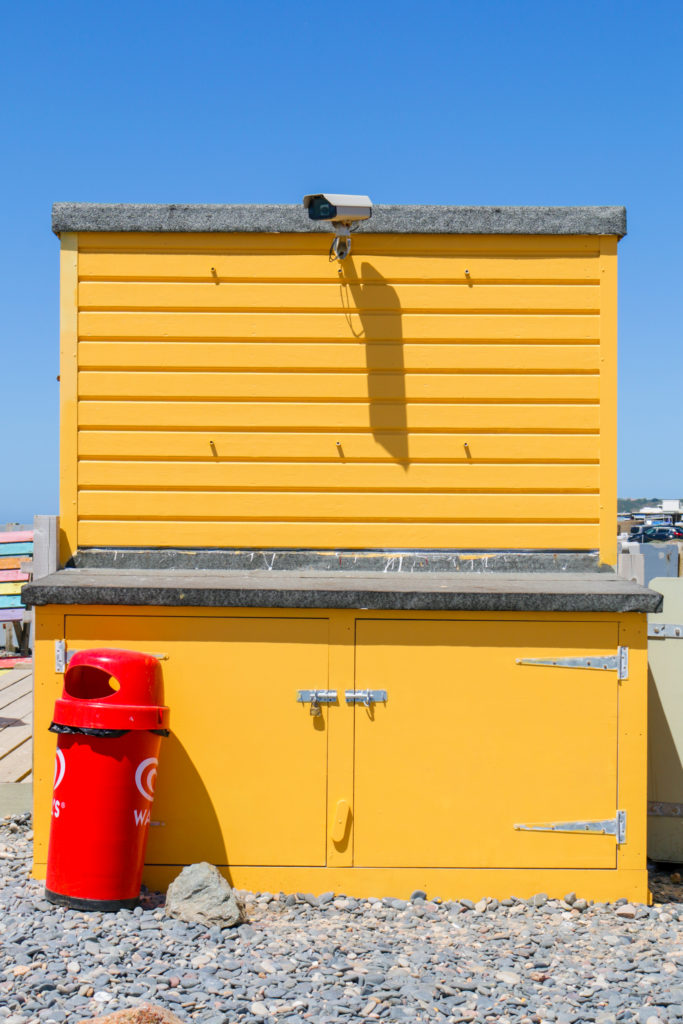
I like these images because they are colourful and I accomplished what I set out to do. I felt that I successfully captured photos of buildings and architecture that were colourful and also had colours that were bright and incongruent. However, I feel that I could have done much better and this is far from my best work. With better planning I think I could have achieved much better results, therefore I would like to improve on these images by doing another shoot.
Looking at Julian’s images, I have managed to resemble his style for example these images share some similar characteristics. The framing is similar, both images are colourful and include windows. However, what makes Schulze’s images unique and different to mine are that they have a surreal quality, they look almost fake but you can tell they are real.

